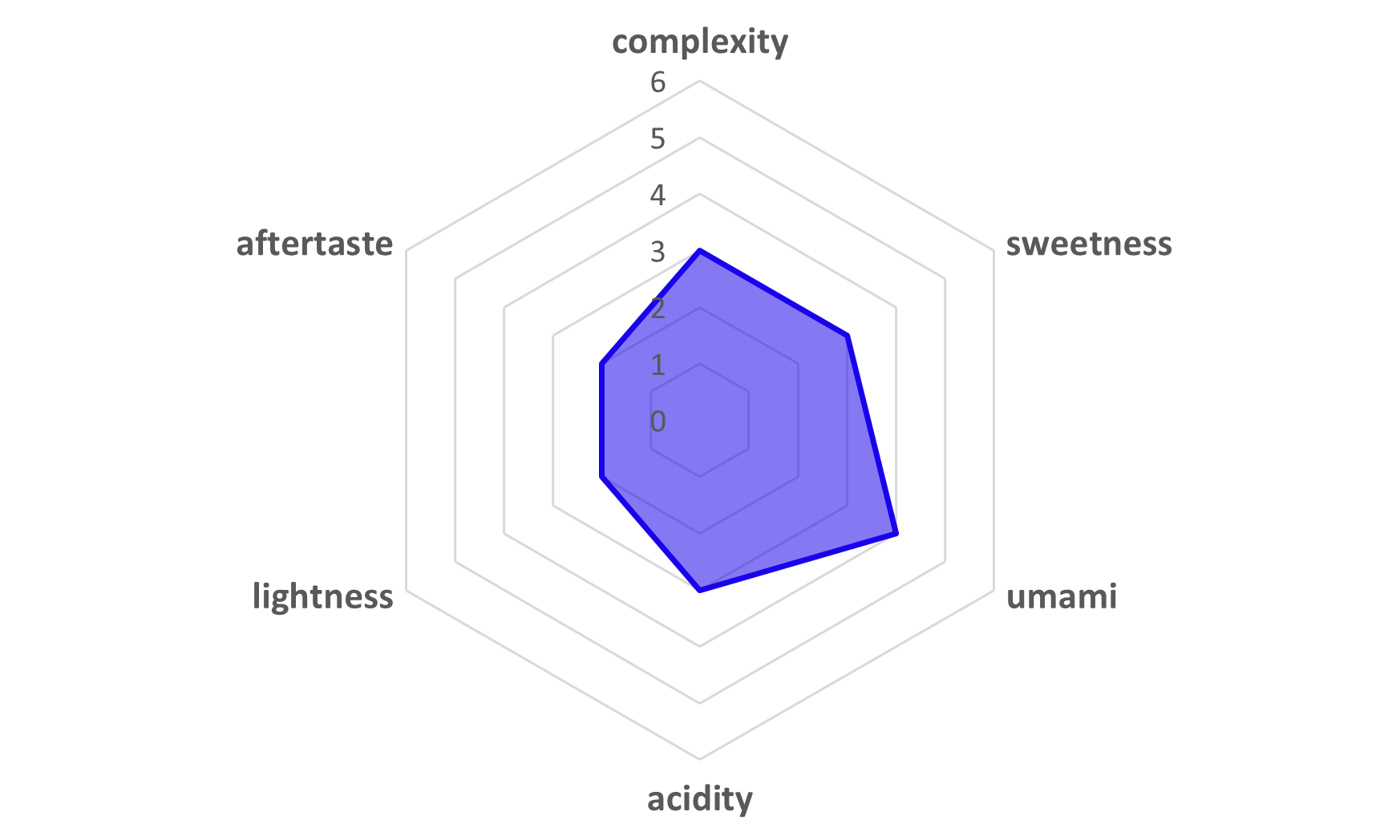N/A
An indicator of the sweetness or dryness of sake. Generally, a negative value indicates sweetness, while a positive value indicates dryness.
A numerical expression of the total amount of acidity. A high acid level indicates sharpness and richness, while a low indicates lightness and sweetness.
The ratio of rice remaining after scraping from the outside. By shaving off the surface layer, sake can be made with a distinctive aroma and free of impurities.
""Baked cheesecake-like aroma, including a slight savory note in the lactic acidity. As the temperature rises, the freshness of cherries and strawberries comes through. On the palate, the coolness of celery and the clean greenness of shiso leaves lead to a soft mouthfeel. Drinking it cold is strongly recommended.""
Professional French Chief & YUKARI Special Ambassador
""Based on the aroma of yellow apple, it is harmonized with creamy aromas of banana, vanilla, yogurt, custard, and rice brine. Overall, the aroma is simple and restrained. The taste is a standard Junmai Daiginjo-shu in the classic style. The light mouthfeel is followed by an elegant and soft sweetness. Recommended serving temperature is 12°C. Enjoy it in a tulip glass or a sake cup.""
Sommelier of Sake / Sake Diploma & YUKARI Special Ambassador








